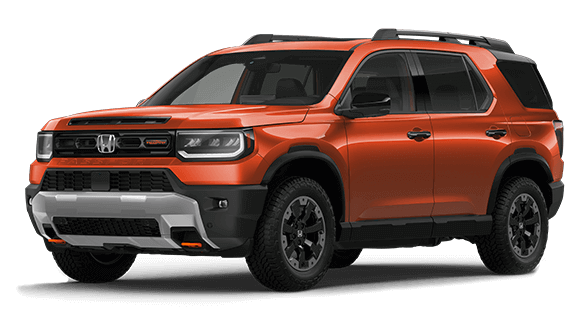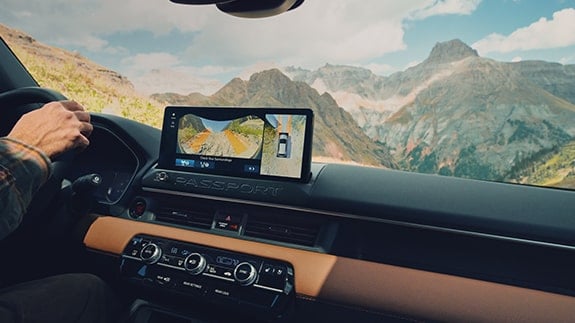Used cars aren't for everyone, however. If you want the latest technology or like getting into a new car every three years, buying new or leasing is the route to take. If a low monthly payment is your primary goal, leasing might be the best approach.
To compare the costs of leasing, buying new and buying used, we'll use a popular vehicle in our examples: a compact SUV. The average car owner in the U.S. keeps a vehicle for 79 months — just over 6.5 years. That's the length of ownership we are assuming here. To match that period, we are basing the leasing example on two back-to-back three-year leases, totaling 72 months. You can see the other assumptions behind these examples at the end of the story.
Leasing: The average lease cost is based on a compact SUV that sells for $28,633 and has drive-off fees of $1,981. For the lease's interest rate, better known as the money factor, we've used the average amount: 0.009583. This results in a $360 monthly payment for three years. We used the same numbers for the second three-year lease.
Buying New: The average amount financed for a new compact SUV is about $28,905, with a down payment of $3,847. The average interest rate is 3.9%, resulting in a monthly payment of $482.
Buying Used: The average amount financed for a 3- or 4-year-old compact SUV is $19,331, with an average down payment of $2,771. The interest rate for used car loans is usually higher than for new, and in our case it would be about 7.9%. These factors result in a monthly payment of $356.



 by
by 
